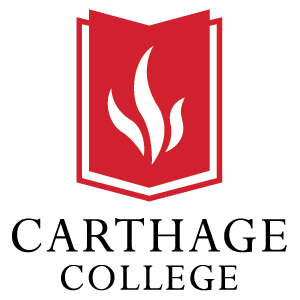Below is a summary of the abstract you submitted. Presenting author(s) is shown in bold.
If any changes need to be made, you can modify the abstract or change the authors.
You can also download a .docx version of this abstract.
If there are any problems, please email Dan at dar78@pitt.edu and he'll take care of them!
This abstract was last modified on May 5, 2017 at 5:18 p.m..

Due to the vast number of bacteriophages in existence, the potential of novel discoveries is high, and every additional bacteriophage contributes new genetic data. Through the SEA-PHAGES program, 78 bacteriophages were isolated at Carthage College during the 2016-17 school year, half of which infect Mycobacterium smegmatis, and the other half infect Gordonia terrae. Six phages were sequenced, and four Gordonia phages were annotated and further analyzed. The first annotated phage, Apricot, is a singleton and has a genome that is 52195 bps in length with 101 genes and defined ends. It shares the most similarity with cluster DN and DH phage and has two putative Lysin A genes and 10 orphams, one of which has a SecA translocase domain. Apricot is a temperate phage and immunity assays indicate that an Apricot lysogen is immune to infection with itself. Though, it is not immune to infection with the other three annotated phages, Emianna, Jifall16, and Kurt, which belong to cluster CR and are lytic. The cluster CR phages are very similar in regard to genome length and number of genes. Emianna, Jifall16, and Kurt contain a putative HicA-like toxin gene in their genomes. Further bioinformatic analyses of these phages are ongoing to explore the toxin gene, putative repeat sequences, and other sequences of interest. In addition, these four bacteriophages underwent further research using wet lab experiments to learn more about their individual characteristics such as phage particle stability at different temperatures.


